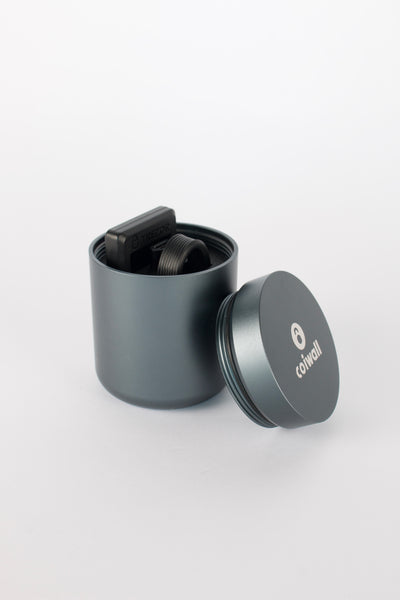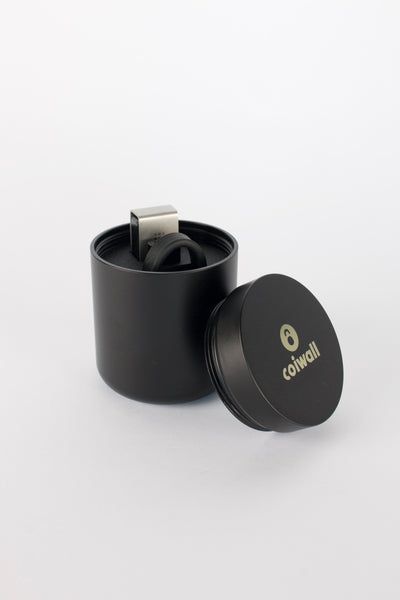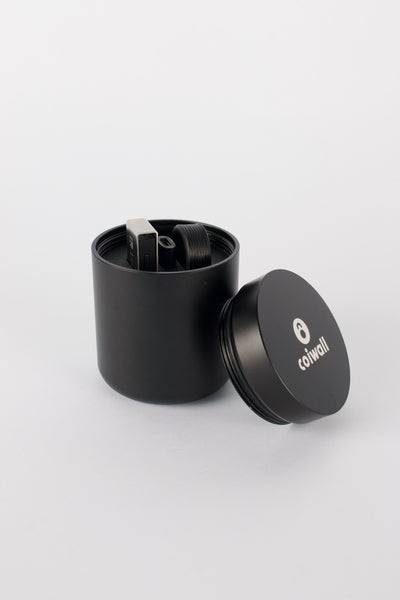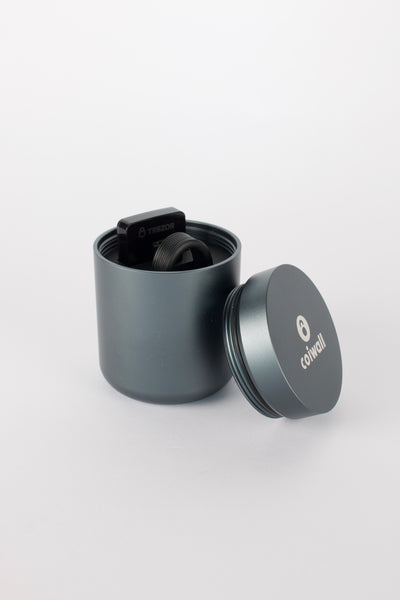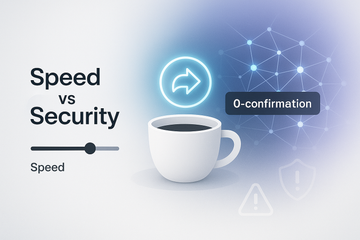Imagine standing in line at your local coffee shop, smartphone in hand, ready to pay with Bitcoin. You tap send, and instantly—before your coffee gets cold or you’ve even left the counter—the payment pops up as “received” on the barista’s screen. No endless waiting. No eye contact avoidance. Just pure, speedy transaction bliss. Sounds pretty convenient, right? Well, hold onto that thought, because under the hood, what’s happening is known as a zero confirmation transaction—and it’s both fascinating and a little risky.
Alright, So What’s a Zero Confirmation Transaction Anyway?
Let’s clear the fog first. In the crypto world, especially Bitcoin, every transaction has to be validated by the network—that’s what keeps this digital money honest. But before a new transaction actually finds its way into the next batch of records (the chilly, cryptographic grandeur of a “block”), it sits in a digital waiting room called the mempool. While it’s there, it’s out in the open, but nobody’s locked it into the blockchain just yet (Ledger Academy).
This waiting period is when you hear the term zero confirmation, often dubbed “0-conf” if you want to sound like a crypto old-timer. It’s as simple as it sounds: the transaction’s visible to the network, but it has zero confirmations from miners. In other words, nobody’s guaranteed yet that this transfer is permanent. Kinda like telling your friend you’ll be somewhere ‘soon’—it’s on your calendar, sure, but things can always change.
Is 0-Conf Just for Speed Demons?
Speed, honestly, is the big appeal. Some folks, especially merchants or people dealing in small daily purchases, are okay with the risk sprinkled into these speedy transfers. Why wait a few minutes for a single confirmation when most of your buyers are just snagging a quick donut or a round of espressos? It’s the same with vending machines—nobody wants to insert coins and twiddle their thumbs while a computer somewhere crunches numbers. For high-frequency but low-stake deals, the “good enough” trust of 0-conf fits right in (CoinMarketCap Academy).
Quick Pause—Who Uses 0-Conf in Real Life?
- Brick & mortar stores accepting crypto payments—especially where transaction speed is everything.
- Online platforms dealing in microtransactions, like tipping or pay-per-download.
- Those who trust the network's reliability, seeing double-spend as a rare event for small sums.
But let’s switch gears for a moment—because there’s a reason not everyone’s on board with 0-confirmation, and it’s not just the sticklers at the back of the Bitcoin conference.
The Shadow Lurking Behind Instant Satisfaction: Double-Spending
Here’s the thing. Until a transaction is baked into a block and confirmed by the network—ideally a bunch of times, say six or more—it’s not written in stone (Bitcoin Magazine). Technically, someone could try to spend those same coins elsewhere before miners catch on. That’s called double-spending, which sounds as dodgy as it is.
Now, most of the time, it’s quite hard to pull off a double spend, especially as the Bitcoin network gets bigger and smarter, but the possibility remains. And that’s the twist: zero confirmation is a bit of a gambler’s game. Sure, the odds might be low—like getting your coffee order wrong at your favorite spot—but when it happens, someone pays the price.
Why Hardware Wallets Like Ledger and Trezor Matter Here
Security fans, this one’s for you. While zero-confirmation mainly deals with transactions floating around the network, hardware wallets—like those crafted by Ledger and Trezor—play a huge part in keeping your coins safe once they’re finally on-chain. Think of them as a high-tech fortress for your keys; the moment your transaction gets a confirmation (or six), your funds are as snug as a bug in a rug. Still, these wallets don’t magically protect 0-conf transactions themselves—they just help make sure confirmed coins stay yours (Ledger Glossary).
Let’s Break Down the 0-Conf Journey in Real Time
- Broadcast: You hit “send”—your wallet broadcasts the transaction across the network.
- Mempool Stopover: The transaction lands in the mempool. Anyone can see it, but nobody has carved it into the blockchain yet.
- Miner Frenzy: Miners scout for transactions to include in the next block. Higher fees usually jump to the front of the line.
- Confirmation Party: Once a miner picks your transaction and it’s added to a block, it bags its first confirmation. Each new block added after that is like another layer of security lasagna.
Worth noting: sometimes, transactions with low fees can hang around in the mempool for a while, which can really test your patience (or your barista’s, for that matter).
Should You Trust It? Only Sometimes.
So here’s the gut check. Is it safe to rely on zero confirmation transactions? If you’re moving around tiny amounts—grabbing a coffee or tipping a content creator—it’s usually fine. The Bitcoin network propagates transactions fast, making double-spending a pain for would-be tricksters. But if you’re selling a car, a guitar collection, or anything else you’d miss if it vanished, stick with the old rule: wait for those crucial confirmations (bitFlyer Glossary).
Merchants big and small have to do their calculus. Some wallet software even flashes a warning for unconfirmed payments. Others, especially platforms tied to hardware wallets like Ledger or Trezor, encourage waiting for (at minimum) one confirmation before calling it a day.
Why Does All This Even Matter?
Zero-confirmation might sound like a footnote in the grand saga of cryptocurrency, but frankly, it’s a signpost for the trade-off everyone in crypto faces: speed versus security. In a world that’s always in a rush—honestly, who isn’t?—there’s a tension between wanting it now and needing it safe. That tiny gap between 'sent' and “confirmed” is where risk and innovation, caution and impatience, all do their dance.
So the next time you zap over a crypto payment and someone tells you, “Enjoy your coffee, the payment’s on its way”—just remember what’s really happening. The network might still be mulling it over. Instant gratification? Maybe. A little dash of risk? Absolutely. But hey, isn’t that part of the thrill of crypto anyway?

